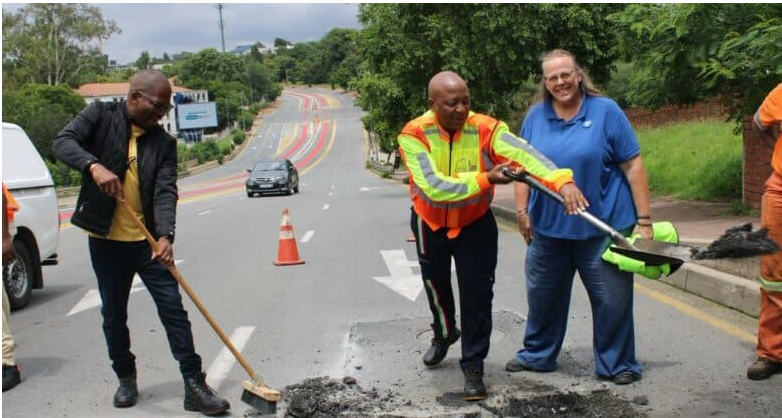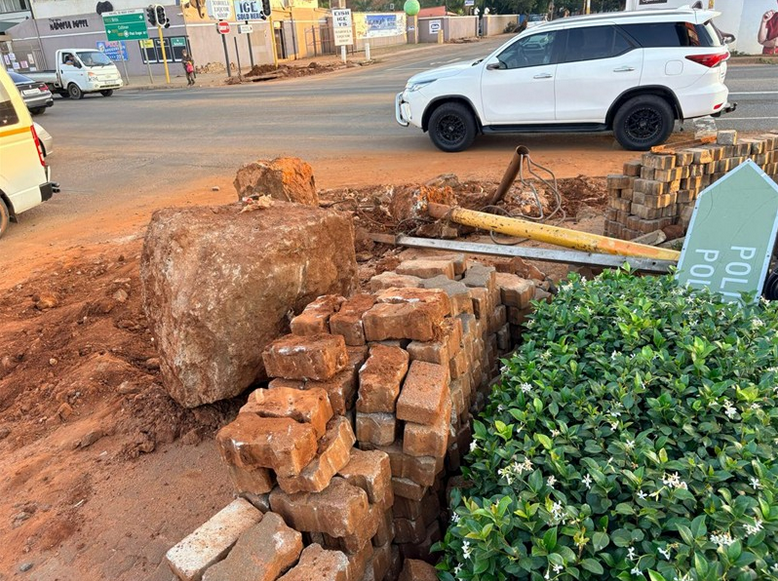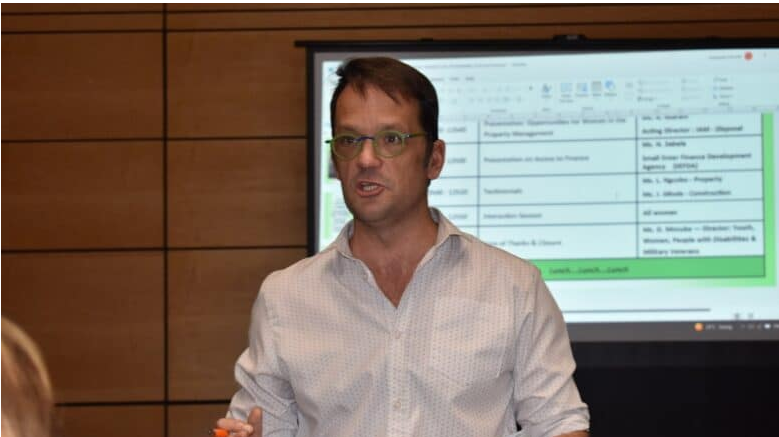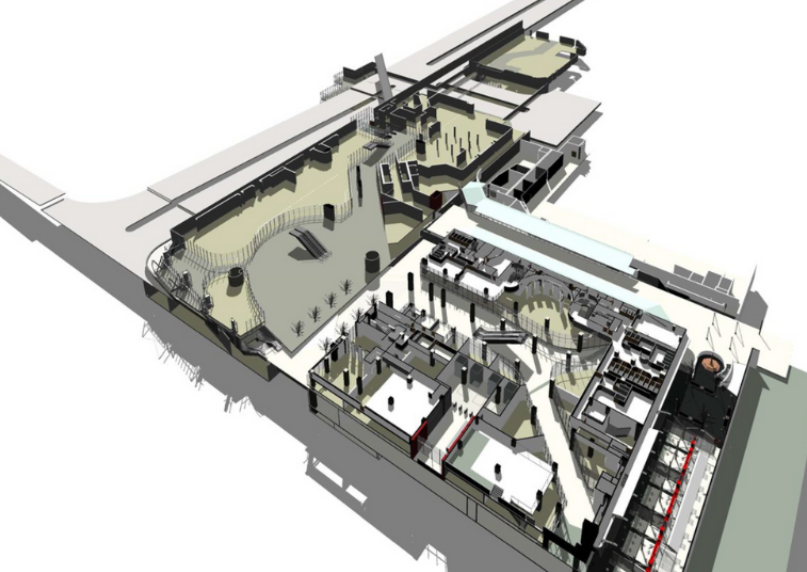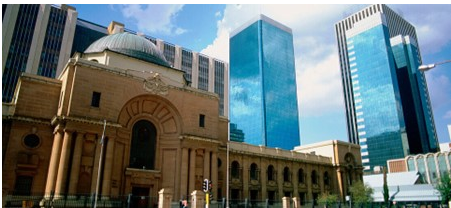Taxpayers to fork out for Gautrain expansion
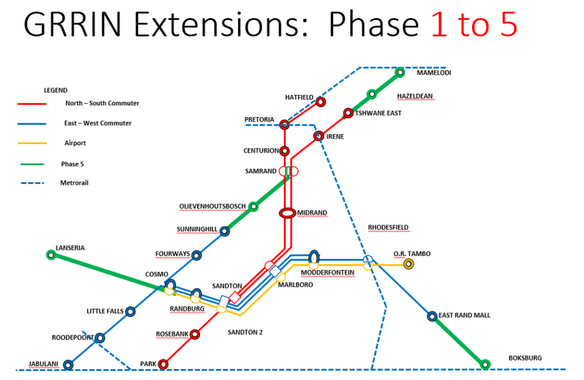
Advertising
22-09-2020
Read : 399 times
Business Tech
Source
The expansion of Gautrain’s network must start soon if Johannesburg wants to remain a competitive city, says Gautrain Management Agency chief executive, William Dachs.
Dubbed ‘Gautrain 2’, the expansion project that would see an additional 149km of railway line and 19 new stations added to the existing network, and create up to 175,000 direct jobs in the construction phase, and 68,000 new jobs in the operational phase. However, the project is only likely to commence in 2024.
The first phase would see the network expanding by 32km, between Marlboro and Little Falls in Roodepoort, and consist of three new stations.
Dachs said in a webinar hosted by CNBC Africa on Monday (21 September): “I don’t think anyone has ever been to a city with a poor public transport network that was a competitive city and I’m afraid, and I think everyone in the province is afraid, that if we don’t keep our planning for extending rail, and investing in rail, our cities are going to lose their competitive edge.
“And that’s fatal in this world as we have it now,” he said. “We’ve got to be getting a move on now, because we’ve got such a long lead time before anything actually happens in these massive infrastructure projects.”
The expansion would see the following stations added to the existing network:
A link between Marlboro and Soweto with an additional station at Sandton, as well as new stations at Randburg, Cosmo City, Little Falls, Roodepoort and Jabulani;
A link between Jabulani and Mamelodi through Cosmo City, with new stations at Fourways, Sunninghill, Olievenhoutsbosch, Irene, Tshwane East, Hazeldean, and Mamelodi;
A link between Rhodesfield and Boksburg with new stations at East Rand Mall and Boksburg; and
A link between Cosmo City and Lanseria Airport with new stations at Cradle and Lanseria.
The extension’s Phase 1 has been submitted to National Treasury for approval in 2017, already. Dachs said that the delay is due to the size and ambitions of the project.
“This is not Treasury’s fault. This is a huge project – a very complex project. Treasury has come back to stakeholders to question how the project can be more accessible to more people, without compromising on financial sustainability.”
The other question has been around the funding of the project. Dachs said that the discussions with Treasury have been positive and robust. He said that the project is long-term.
He said that the the expansion would likely be funded by both public and the private sector. “We would be looking at a blend of national government funding, provincial government funding, people who use the trains, private developers contribution as well as those who invest in the train itself.”
“We looked at everything from general tax increases to fuel taxes to fuel levies to congestion charges, which haven’t happened in South Africa yet, all the way through to the more traditional funding sources,” said Dachs.
The Carbon Tax Act has recently come into effect in South Africa, which penalises large emitters of greenhouse gases to minimise the climate risks that hydrocarbon fuels present.
Firms are incentivised towards adopting cleaner technologies over the next decade and beyond. Dachs said the expansion could generate funds from this initiative as it would deter people from driving.
“We firmly believe people in cars don’t pay their fair share in terms of the taxes that they pay, and the failure of the e-tolls system has perpetuated that problem,” he said.
Car licence fees have also been considered as a source of funding for the project. “Gauteng can’t become uncompetitive in terms of its vehicle licences compared to other provinces, but there is a strong case to be made there,” Dachs said.
Additional funding would come from private sector investment within the new stations – commercial retail partnerships.
Transport economist Ofentse Hlulani said that the project’s progress might be hampered by discussions around land use incentives and finding the right financing model.
“You actually have to have public buy-in, and that’s going to be crucial, because for a project of this scale, the last thing that you want is risk on the infrastructure, on the programmes or even at a political level,” Hlulani said.
South Africa’s rail infrastructure has been ravaged by acts of theft and vandalism, forcing the closure of many routes. As a result the Department of Transport, in conjunction with the Passenger Rail Agency of South Africa (Prasa) has launched an integrated security plan.
The prevalence of crime in our rail environment has reached alarming levels. Theft and vandalism of critical infrastructure in our railways not only place the lives and livelihoods of those who rely on trains in danger, but also have dire consequences on the economy,” said transport minister Fikile Mbalula.
“The criminality that ravages our railway environment undermines our efforts to modernise our passenger rail system and deliver a service that is safe, reliable and affordable. When a cable is stolen resulting in delays, the worker who subsequently loses a job as a result may be your parent or sibling,” he said.
Recent News
Here are recent news articles from the Building and Construction Industry.
Have you signed up for your free copy yet?
